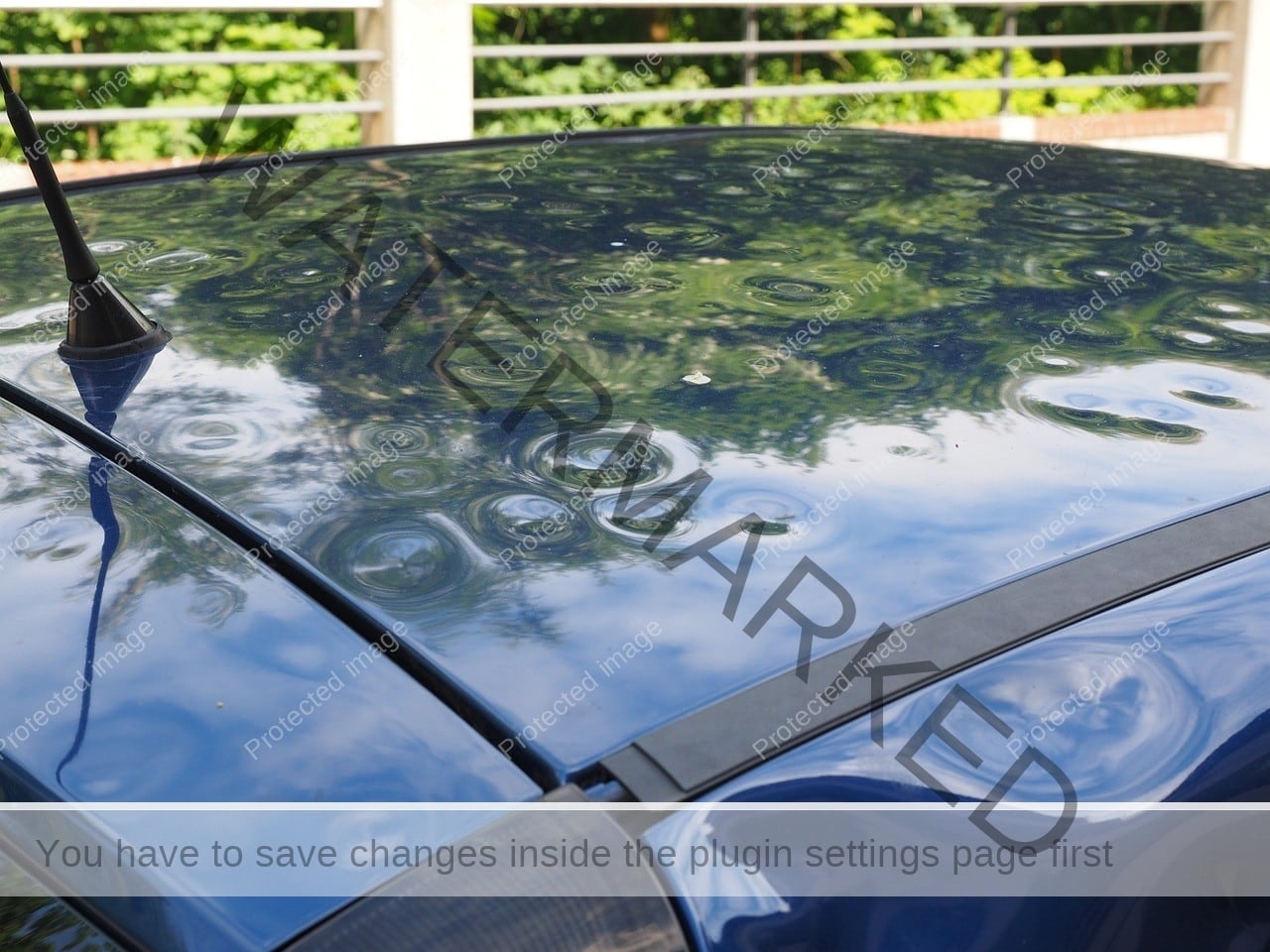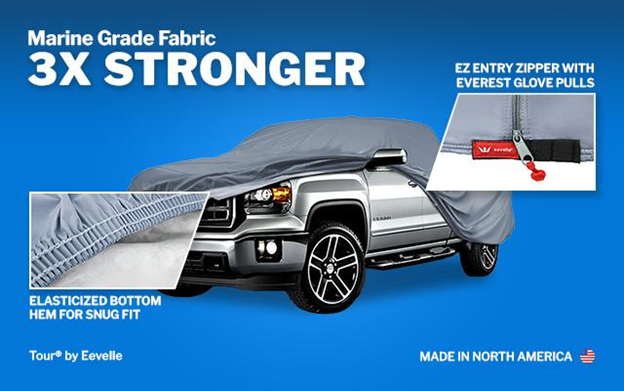Paintless Dent Repair removes minor dents and creases without damaging the vehicle’s factory finish. PDR is a modern alternative to outdated procedures which involve sanding and filling and repainting. It uses specific tools and techniques to massage the metal into its original form from behind the panel.
A professional will access the dent on the rear and remove it strategically from the interior panel. They use special tools to massage and gently deploy the metal to bring the dent back to its original shape.
How Paintless Dent Repair Work
Paintless Dent Repair is a technique that removes minor dents from the vehicle’s body without damaging the original paint finish. This method is efficient and cost-effective. It also preserves the value of your vehicle.
Step-by-Step Instructions
- Assessment and Planning
- The technician will examine the dent and determine its location, size, and accessibility.
- Create a detailed plan, including the tools and techniques that will be used.
- Dent Access
- The technician may have to remove interior or exterior panels to get to the backside.
- Applying pressure
- The technician uses specialized tools to apply pressure on the backside dent.
- Start from the outer edges and work your way towards the center.
- Fine-Tuning
- To remove imperfections, the technician uses smaller and more precise tools.
- The surface will be completely smoothed and will match the surrounding area.
- Quality Test
- The paint surface must be intact and free of any dents.
- The vehicle will be cleaned and all displaced parts will be reassembled.
Tools Used in PDR
- PDR rods: Rods of different sizes and shapes are used to push dent from behind.
- Glue pulling kits: Used to remove dents which are hard to reach from behind. The dent is attached with adhesive glue tabs, and then a puller tool lifts the dent.
- Whale Tails: Specialized Tools designed for tight spaces such as door panels.
- Knockdown Tool: Used for knocking down high spots to ensure a smooth finished.
- Dent lights: High intensity lights or reflective boards help the technician clearly see the dent.
- Heat gun: Used to warm up the paint and make it more flexible. This helps prevent cracking.
Damages that are suitable for Paintless Dent Repair
Paintless Dent Repair is a great way to fix minor car damage without the need for repainting. PDR is suitable for the following types of vehicle damage:
- Dings & Dents
- Small shallow dents are usually caused by minor impacts, such as door dings and hail.
- Creases
- Usually caused by objects scraping the car’s body, these long, narrow dents are usually caused by objects.
- Hail Damage
- Hailstones can cause multiple small dents on the vehicle’s surface.
- Bodyline damage
- PDR can repair dents along the natural contours or lines of the vehicle’s body. These can be more difficult but still repairable.
- Minor Bumps
- Damage caused by low-speed collisions with objects such as shopping carts and garage doors.
Common Issues addressed by PDR
- Hail Damage
- PDR can be used to restore the smooth surface of a vehicle after hailstorms.
- Parking Lot Dings
- PDR is a technique that can effectively remove dents from parking lots or other cars doors.
- Minor Collision Damage
- PDR can smooth out small dents or dings caused by minor accidents, low-speed impacts and other incidents.
- Sports Equipment Impacts
- PDR can address damage caused by items such as basketballs, baseballs, and soccer balls hitting your vehicle.
- Falling Debris
- PDR can be used to repair dents that are caused by falling objects, such as branches of trees or tools.
Ideal PDR Scenarios
- The Door Ding of Another Car
- You accidentally hit your car door with another vehicle’s door. This caused a small dent. PDR can restore the surface easily without the need to repaint.
- Hailstorm Damage
- You vehicle has been damaged by a hailstorm. The roof and hood have multiple small dents. PDR can remove the dents while preserving the original finish.
- Shopping Cart Collision
- A shopping cart that ran off left a dent on your car’s bumper. PDR can fix this dent quickly and effectively, restoring your car to its original condition.
- Garage Mishap
- Accidentally bumping into your garage door caused a dent on the bumper. PDR can fix the dent, without extensive bodywork.
- Sports Accident
- A baseball has hit your vehicle, leaving behind a visible dent. PDR can remove dents, leaving the surface smooth and flawless.
Paintless Dent Removal: Benefits
- Preserving Factory Finish: Using PDR, a dent can be removed without damaging the original paint finish of the vehicle. It eliminates the risk of mismatched coats due to recoating. This technique will maintain your car’s aesthetics and resale values.
- Cost and Time Efficiency: Paintless Indentation Restoration is faster and more cost-effective than outdated approaches. No need for extensive sanding and filling. This reduces the cost of work and products. TAT is no different.
- Environmentally friendly: Compared with outdated dent repairs, PDR has a low environmental impact. This technique reduces waste by reducing the amount of sanding. This is an environmentally friendly approach to auto repair.
- Preserves Originality: Some car enthusiasts are concerned about maintaining the originality of their automobile. Paintless dent repairs are the best option for these individuals. It restores dented panels to their original condition without damaging the integrity of the vehicle.
- Insurance Guidelines: PDR is covered by many insurance guidelines because it’s a cost-effective way to remove dents and dings. This can lead to lower premiums and deductibles for policyholders. It is a good option for minor cosmetic damage.
Paintless Dent Removal Limitations
- Size of the Damage: The PDR technique only works on minor dents or creases. Paint chips off when there are deep creases and severe damage. Paintless Dent Repair would not be appropriate in this scenario. Then you’ll have to choose traditional bodywork.
- Access Dent: Paintless Dent Repairs are possible if the dented part can be handled from the rear. PDR is not possible on some panels due to their complex shapes or limited access.
- Skill & Experience: To achieve the best results in PDR a specialist needs to be both skilled and experienced. He must be able to recognize and execute this technique without damaging the quality of the repair.
- Paint condition: The shape of the paint on the car can also influence the effectiveness of PDR. In the case of severely damaged paint, it may be necessary to use outdated bodywork in order to achieve optimal results.
Contact Wheels on the South for the Best Paintless Dent Removal
Our expert technicians at Wheels on the South have the tools and skills to remove the dent efficiently using the PDR method. The technicians have worked in the field for more than a decade, and they know how to do the job smartly.
Our team will determine the best method to use when you hire us. Our team will let you know if PDR is not possible in certain scenarios. This way, you can save time and money. Book a session now with a skilled specialist.




2 thoughts on “Paintless Dent Removal: What You Need to Know”
Thanks for sharing. I read many of your blog posts, cool, your blog is very good.
Your article helped me a lot, is there any more related content? Thanks!